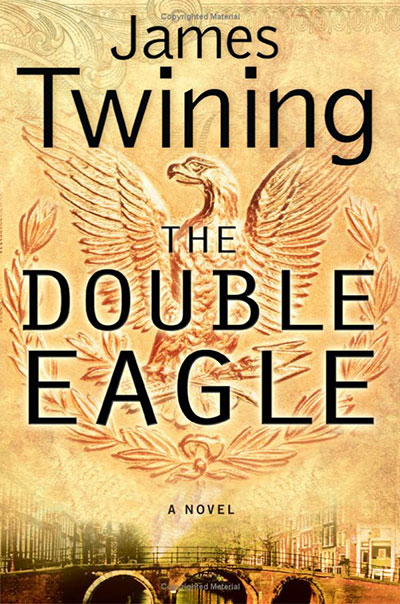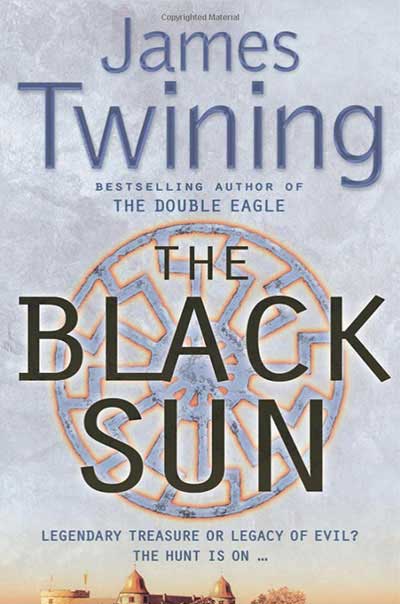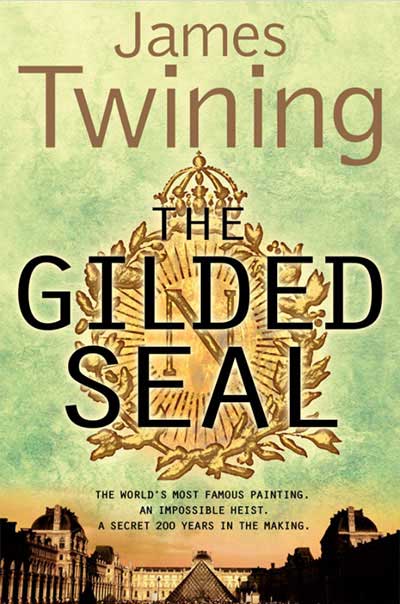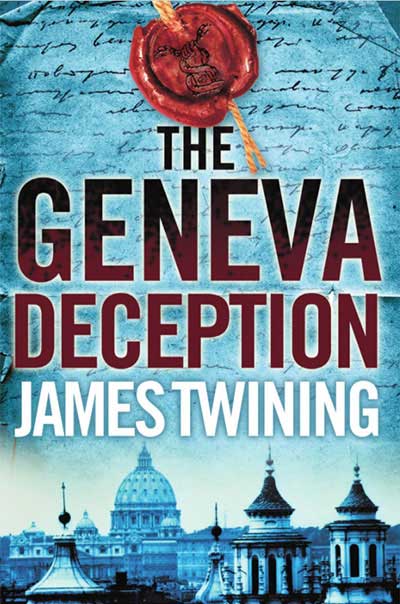The Gilded Seal – suggested topics for reading groups
The following questions are intended to act as conversation starters or as areas around which your reading group might want to focus their discussion. Hopefully, they will make your experience of reading The Gilded Seal even better:
1. The Gilded Seal starts with a crucifixion and a reference to the betrayal of Jesus by Judas in the shape of the small boy who kisses the victim. In our supposedly increasingly secular sociey, why does religious imagery continue to hold such a powerful sway over reader’s and writers’ imaginations?
2. The Gilded Seal is described as a thriller. Is this an accurate label or does the novel cross-over into other genres? How helpful are these types of classifications in any case and how would you characterise their key differences?
3. The plot of The Gilded Seal revolves around the Mona Lisa. Given the success of The da Vinci Code, does this choice of subject contain too much “baggage” to be viable? Does James succeed in creating something different and unique? To what extent does / should the success of one book make make a subject “off-limits” to other writers?
4. James Twining himself has always denied that his books are similar to The da Vinci Code, claiming instead that better parallels are drawn with The Thomas Crown Affair, Raiders of the Lost Ark, Robert Ludlum and Ian Flemming. Do you agree? What similarities and differences are there? Is this a good or a bad thing?
5. The Gilded Seal sees the return of Jennifer Brown, who first appeared in The Double Eagle. Is the use of recurring characters sheer laziness on the author’s part, or do readers enjoy following characters across multiple novels? What other examples of recurring characters can you think of? What makes them successful or unsuccessful?
6. Jennifer Browne is both black and female. How well does James bring off her character in the book? Is she credible and if so, how does James achieve this? To what extent are her and Tom similar characters?
7. Although Tom Kirk is the “hero” of the The Gilded Seal, he is also a thief and a killer. Does having a slightly ambiguous main character who doesn’t fit within the more conventional lines of right and wrong create a different reading experience for the reader? If so, how is this manifested and how does it make you feel?
8. The Gilded Seal features an array of characters from the art underworld. Which is your favourite and why? What techniques does James employ to bring them to life?
10. The Gilded Seal builds a story around a series of real life scams and cons, ranging from the theft of the Mona Lisa in 1914 to a New York forgery racket that was broken up in 2004. Does knowing these crimes actually took place change your reading of the novel and if so, how?
11. Conspiracy theories play an important part in many thrillers, including The Gilded Seal. Can the mixing of elements of fact and fiction ever be slightly ‘dangerous’?
12. What is interesting about the way the story is told? How are the episodes of the novel arranged and linked? In your discussion, you might want to identify where the turning points in the action are, the chapter lengths, the use of time stamping, the shifting of the locations etc.
13. Much of The Gilded Seal is concerned with fakes, forgery, duplicity and lying. How is this central theme carried and evidenced throughout the book
14. Who/what is you favourite artist or painting? If you could steal one thing and get away with it, what would it be and why?
15. If you could spend a day in any of the places described in this novel, where would it be, and why? Seville? New York? Paris? London? Havana? Somewhere else?




